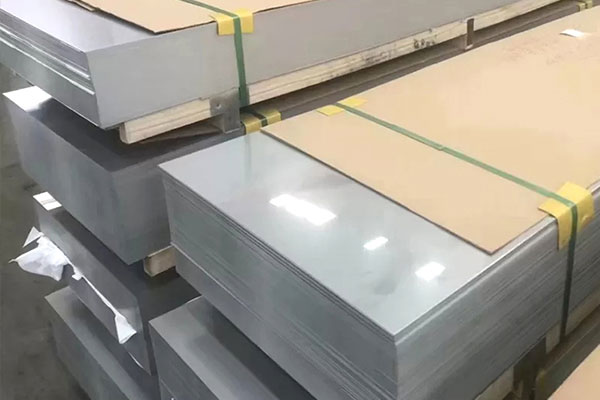For high-temperature applications, heat resistance, oxidation resistance, and mechanical strength are key performance indicators for stainless steel. 310S (0Cr25Ni20) and 321 (0Cr18Ni10Ti) are both austenitic stainless steels widely used in the chemical, energy, and high-temperature equipment sectors, but their performance in high-temperature environments differs significantly.
High-Temperature Oxidation Resistance Comparison
Due to its higher chromium (25%) and nickel (20%) content, 310S exhibits significantly better high-temperature oxidation resistance than 321. In high-temperature environments of 800-1000°C, 310S forms a dense Cr₂O₃ oxide film on its surface, effectively preventing further oxidation and enabling long-term use at temperatures of 1000-1100°C. 321, on the other hand, has a lower chromium content (18%). Although the addition of titanium (Ti) enhances its resistance to intergranular corrosion, its oxidation resistance typically reaches a limit of 850-950°C, with oxidation rates significantly accelerating above this temperature.
High-Temperature Strength and Creep Resistance
In terms of high-temperature strength, 310S, due to its higher nickel content and more stable austenitic structure, maintains good creep resistance at high temperatures, making it suitable for applications subject to long-term high-temperature stresses (such as heat exchangers and incinerators). 321, stabilized with titanium, reduces carbide precipitation in welded or high-temperature sensitized zones, improving intergranular corrosion resistance. However, its high-temperature strength is slightly lower than that of 310S, and long-term operating temperatures are generally recommended to not exceed 800-850°C.
Intergranular Corrosion Resistance
The advantage of 321 lies in the addition of titanium, which effectively fixes carbon atoms and prevents the formation of chromium carbides (Cr23C6) at grain boundaries, thereby improving intergranular corrosion resistance. It is particularly suitable for components that have not been solution treated after welding. Although 310S lacks titanium or niobium stabilizing elements, its high chromium and nickel content provides some resistance to intergranular corrosion at high temperatures. However, if exposed to the sensitization temperature range (450-850°C) for a long time, intergranular corrosion may still occur, requiring solution treatment for improvement.
Comprehensive Application Recommendations:
310S is more suitable for extreme high-temperature environments (such as furnace tubes and heat treatment equipment below 1000℃), with priority given to oxidation resistance and high-temperature strength.
321 is more suitable for medium-to-high temperature applications requiring welding or resistance to intergranular corrosion (such as boiler components and chemical pipelines), with advantages including lower cost and better stability.
 English
English Русский
Русский







